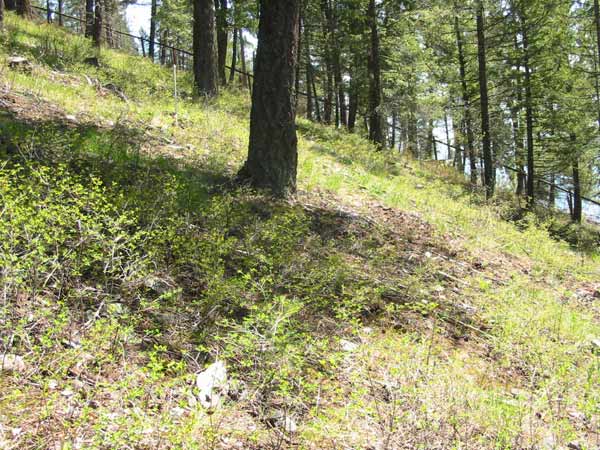 Another key component of restoring native plants on a site, in addition to minimizing site disturbance, is retaining as much native top soil from the site as possible. When we bring in topsoil from off site we not only bring in the soil, but many of the weeds and other seeds from that site.
Another key component of restoring native plants on a site, in addition to minimizing site disturbance, is retaining as much native top soil from the site as possible. When we bring in topsoil from off site we not only bring in the soil, but many of the weeds and other seeds from that site.
The less topsoil brought in the better. In ornamental, non-native plantings, I can control weeds with weed mats and selective herbicide or weed control. However, in native areas, this is really difficult. I will bring in topsoil for ornamental areas and stockpile soil from the site for native areas. Here are a few key tips in saving native top soil during site work.
Saving Native Top Soil:
- Have a native plant inventory done, prior to excavation, and set aside areas that have a good variety of native plants and is weed free.
- Excavate topsoil from areas to be excavated, re landscaped, or re graded.
- Avoid mixing top soil with foreign materials.
- Do not excavate wet topsoil.
- Stockpile native topsoil in area designated on site to depth not exceeding 6’ for sandy soil, 3.5’ for silt soils and 1’ for clay soils. This is done to “keep the microorganisms alive in the soil. When you put stockpile the soil to deep, all of those good organisms die.
- Protect from erosion. Cover stockpile to protect from water and blowing weeds.
- Once site work is completed, or a disturbed area is finished being disturbed, apply the topsoil, and avoid compacting it when laying it down. It is now ready to plant with native plants or native reseeding.
Read also about protecting and conserving native plants on sites by saving native sod complete with plants, and minimizing site disturbance. Also, watch for my next blog on native reseeding.
–Leslie Lowe L.A, Registered Landscape Architect